Running the North Korea marathon showed me a surprising side of the country I didn’t know existed
“Bali! Bali!” (Quicker! Quicker!) When I first heard those words, I was only 17 kilometers into the marathon’s 42, and I was already in all sorts of trouble. Having trained all winter in the miserable UK weather, southeast Asia’s timid sunrays were enough to burn me out—and a bit early for such a long race.
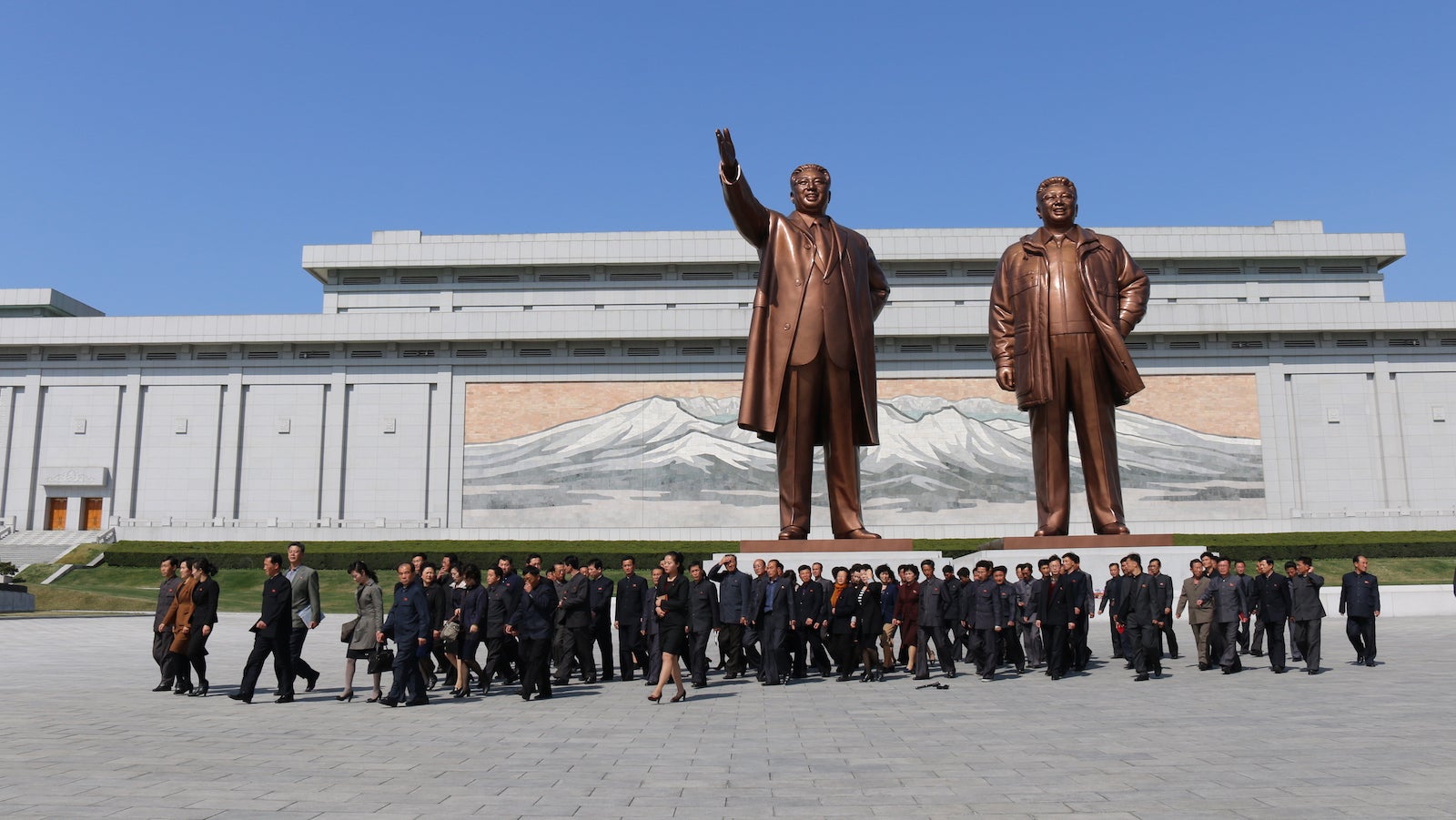

“Bali! Bali!” (Quicker! Quicker!) When I first heard those words, I was only 17 kilometers into the marathon’s 42, and I was already in all sorts of trouble. Having trained all winter in the miserable UK weather, southeast Asia’s timid sunrays were enough to burn me out—and a bit early for such a long race.
However, those few words of encouragement were able to distract me temporarily from the pain and bring me back to (sur)reality: I was running the North Korea marathon.
The Mangyongdae Prize International Marathon is held every year in the North Korean capital city of Pyongyang. In contrast to the 50,000 competitors running in the London marathon I did in 2016, running with 250 other athletes in Pyongyang’s marathon (plus the near 1,000 racers running the 10km and half marathon) through the almost entirely empty streets of the world’s most secretive and mysterious country was a strange blend of excitement and curiosity. While I felt privileged to be one of few to see Pyongyang with my own eyes, the unreal silence in the streets and the close attention the citizens paid us made me feel awkwardly observed and scanned.
It was easy enough to spot my cheerleader: She was the only person shouting in a crowd of quiet, curious, shy supporters. Her visage dug with deep wrinkles, but she was full of energy and smiles. When I saw her, I merged to the right and gave her a high-five. When I did, a group of women started to cheer me on (“Bali! Bali!”), and a bunch of kids ran toward me to get their own high fives. The ice was broken.

This is the kind of interaction I had come to look forward to with locals: one that was separate from politics. On an international level, North Korea is a pariah. In 2014, the United Nations Commission of Inquiry on Human Rights issued a report that found the “gravity, scale and nature” of human rights violations “reveal a State that does not have any parallel in the contemporary world.” It is hard to travel there without having these kinds of reports in mind, but through my journey, I learned that even when we legitimately condemn a regime, we must keep the top of its political pyramid separated from the bottom.
A country’s people may be subjected to the decisions of their government, but they have their own lives and values—and deserve more than being held to the same ethical judgments we hold their leaders. Interacting with those individuals is what ultimately helps break down those barriers—and what better way than through an experience as truly equalizing as willingly running an absurdly long distance together? By the 30km mark, it doesn’t matter what country you’re from or what kind of life you live: You just want it to stop.
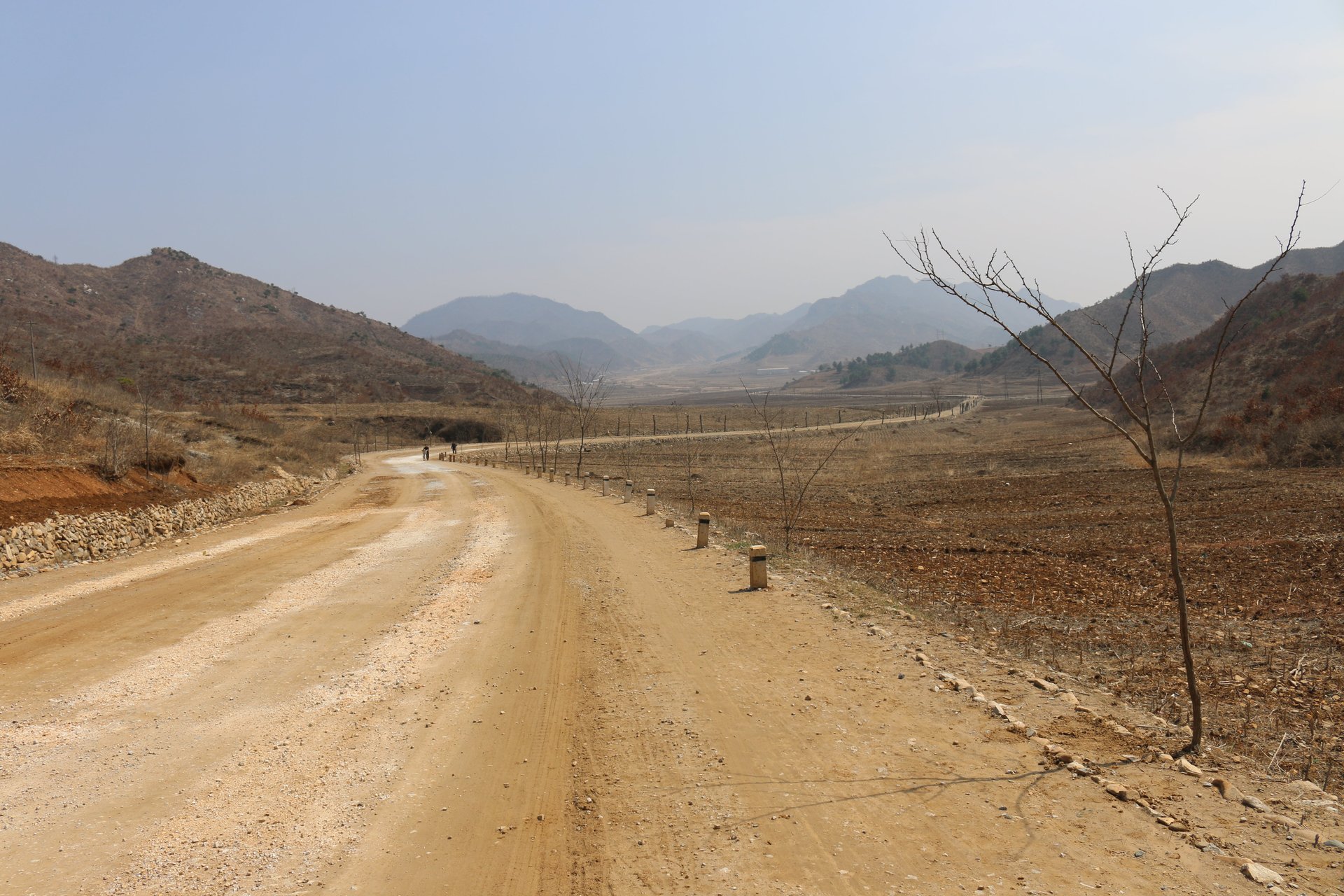
It wasn’t the first time I had bonded with fellow amateur athletes in North Korea. In 2014, I found myself talking to an engineering student on a chairlift at the Masik Pass Ski resort; on the flight there from Beijing, I also chatted with a few members of a women’s soccer team who were coming back from a tournament in Asia. The day after this year’s marathon, with our legs begging for mercy, my tour group visited a soccer academy and played with six- and seven-year-old children. In all of these occasions, when the language barrier kept our cultures apart, sports functioned as a catalyst for social interaction. And it’s made me wonder: Is there any potential for sports to open up a country like North Korea and build bridges between human beings?
A brief history of sports as social bridge
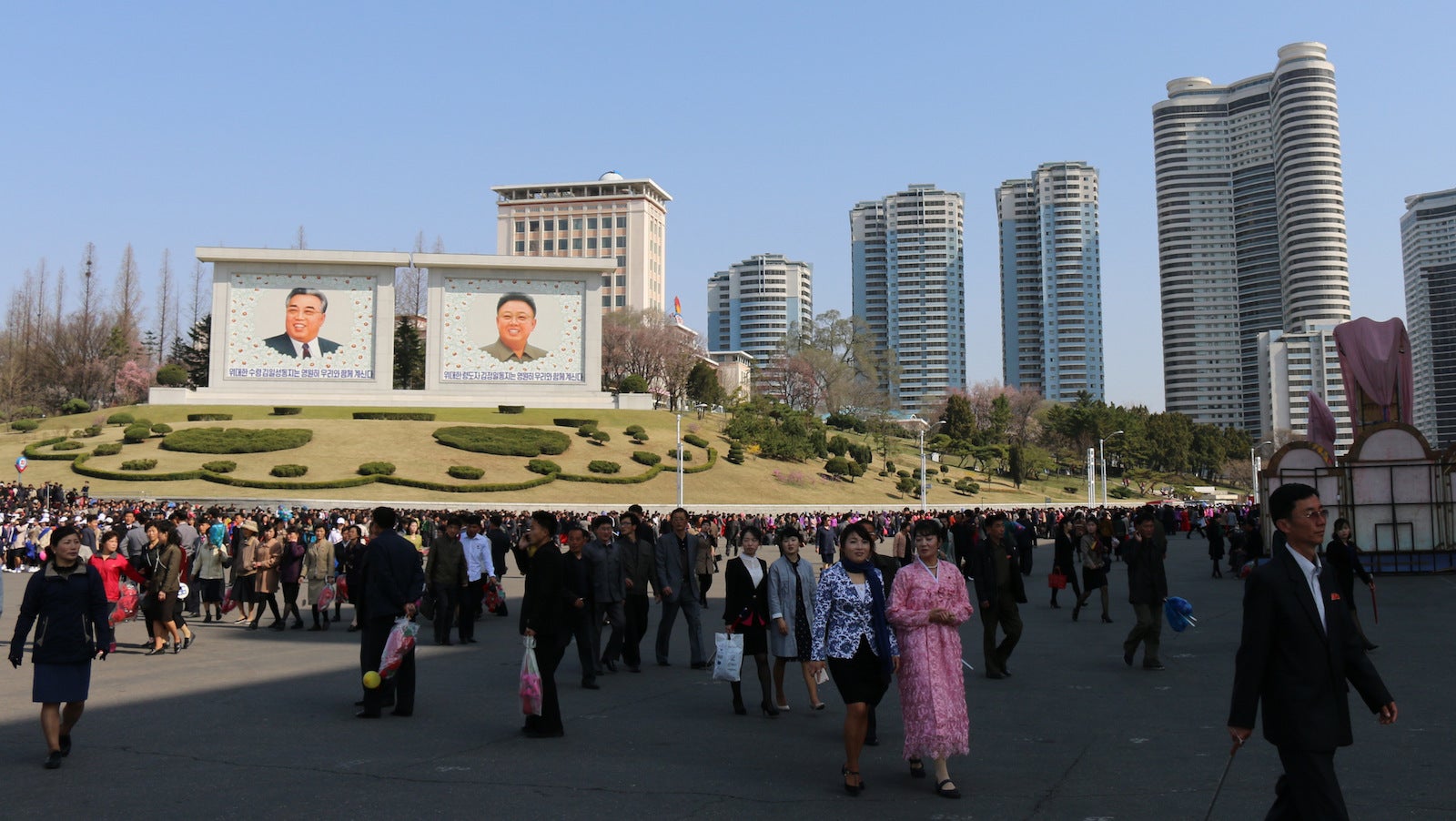
Wherever you have people focused on their physical bodies, individual goals, and the simplicity of moving forward (often very quickly), politics often gets pushed into the background. So is the distrust, even animosity, that cultures feel for each other—even one as closed as North Korea’s.
The Olympic charter—the pinnacle of how we value sports—promotes a peaceful society, the preservation of human dignity, and the celebration of friendship as its main values. In this way, sports has the ability to momentarily put the outside world into brackets. When everyone is focused on the same game or goal, a shared language isn’t needed, nonetheless politics or values. You may be playing on a field of diplomacy, but it is also a kind of battle—a war played without the bloodbath of real conflicts. That makes it a place where even our deepest, most uncomfortable instincts can be expressed in a healthy, rule-bound way —a way that, at its best, releases tensions and brings people together, even as they act out rivalries.
However, this isn’t always the case. Sometimes the invitation for nations that have historical conflict to compete against one another can only heighten tensions. For example, the 1972 Olympic Games are still remembered for the Munich massacre of nine Israeli athletes, coaches, and officials who were killed in a 18-hour blitz by the Palestinian terrorist organization Black September. On a more quotidian level, it is common to hear news reports of violence between the fans—and sometimes even athletes—of teams from different countries, or even cities.
But marathons are a different beast: They’re individual, with your biggest rival being your own brain. And the Pyongyang marathon did not disappoint.
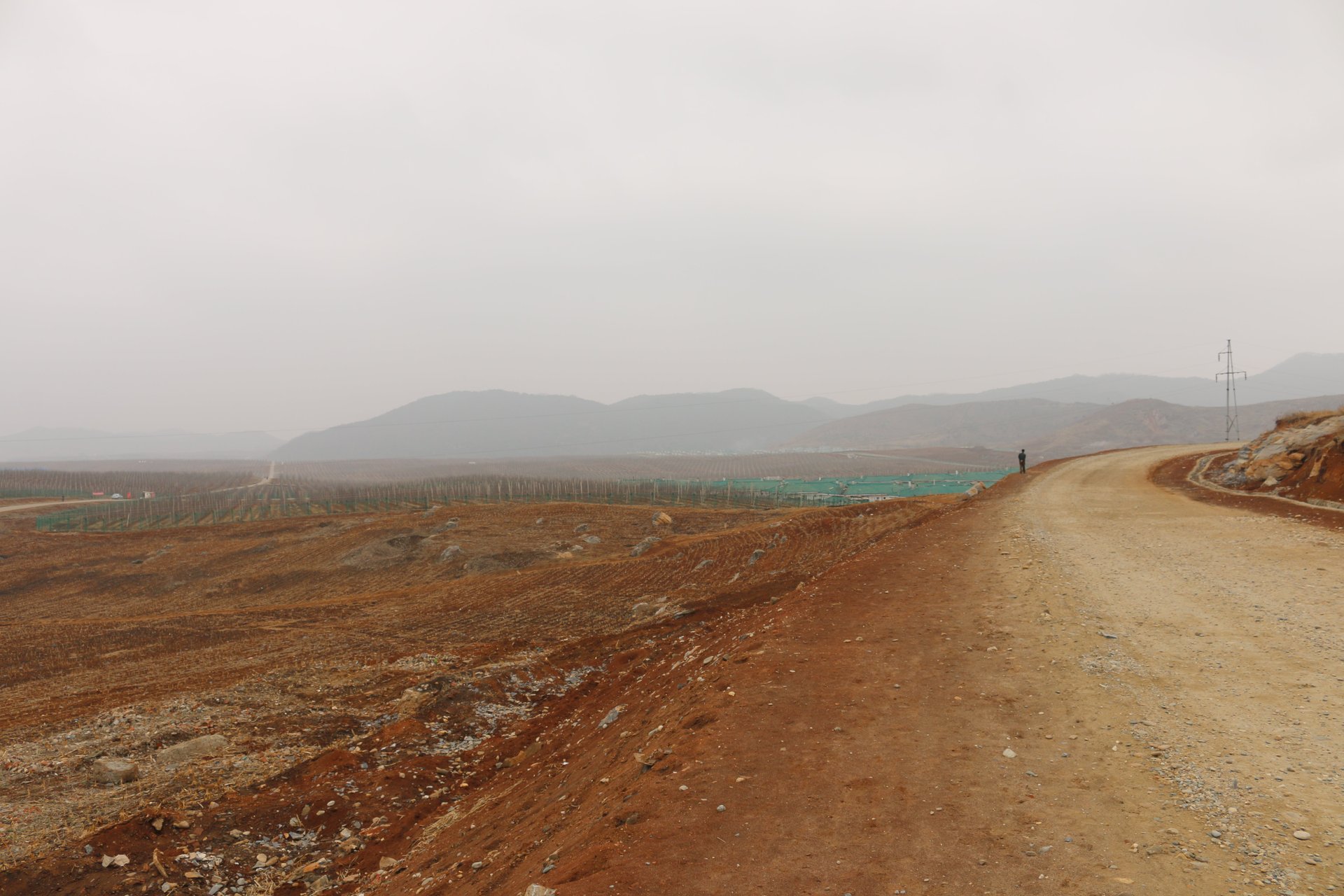
I began the race with a moderate pace, one that still allowed me to soak up what I was experiencing. At the fifth kilometer, a group of young North Korean athletes overtook me: the pros running both the 10km and the half marathons. They were running flat-out, and I noticed that one of them had lost a shoe, running with just a sock on his right foot.
We raced past a blur of colors in the form of the skyscrapers of Pyongyang, gumball colors of green, yellow. and pale red, and the red and blue of North Korea’s national flags. The first-aid stations at first had plenty of water for rehydration but dwindled to a trickle the further I ran. As the water started to get scarce, the whole experience got weirder: Not only I was still surprised I was running in the middle of Pyongyang, but now I had to fight the pain. The roads of the city became even emptier and the long alleys I was running in looked like dry deserts before me.
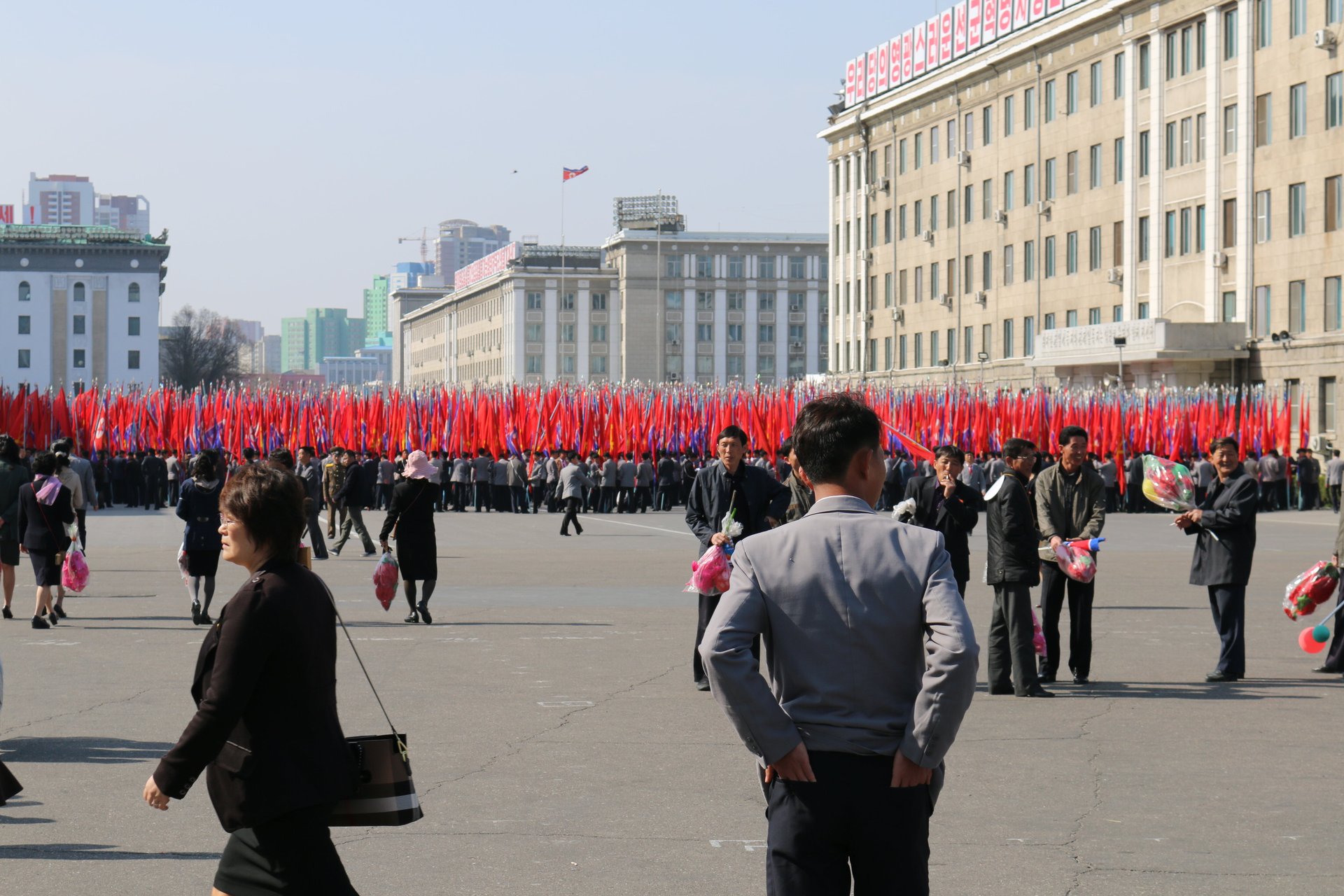
But I persevered. The final lap of the marathon was going to be inside Kim Il-sung stadium, dedicated to the memory of North Korea’s founder, where the race started. As I entered, haggered and elated, I was expecting the 50,000 North Koreans that were seated in the stands to be cheering—but instead, they were silent. I had to start clapping my hands first, in order to have them start clapping, too. From their enthusiastic cheers that followed, it seemed like they wanted to cheer—but they needed a nudge to be told it was okay to do so.
Top-secret tourism
Pyongyang has changed a lot in the three years since I first visited. There is more traffic in the streets, and in the metro you can even see some people playing Candy Crush Saga on their smartphones (though the internet is limited). Small food stores have opened on the street corners and a small middle class is rising and spending the bit of extra money they can get on top of their monthly rations. Even in the impoverished areas that you see outside of the city, with lunar landscapes and dry fields farmed mostly by hand, people smile or wave as you pass. There, even more than in Pyongyang, the less people have, the more they are keen to give, even when it’s just a wave of the hand or a single moment of their lives.
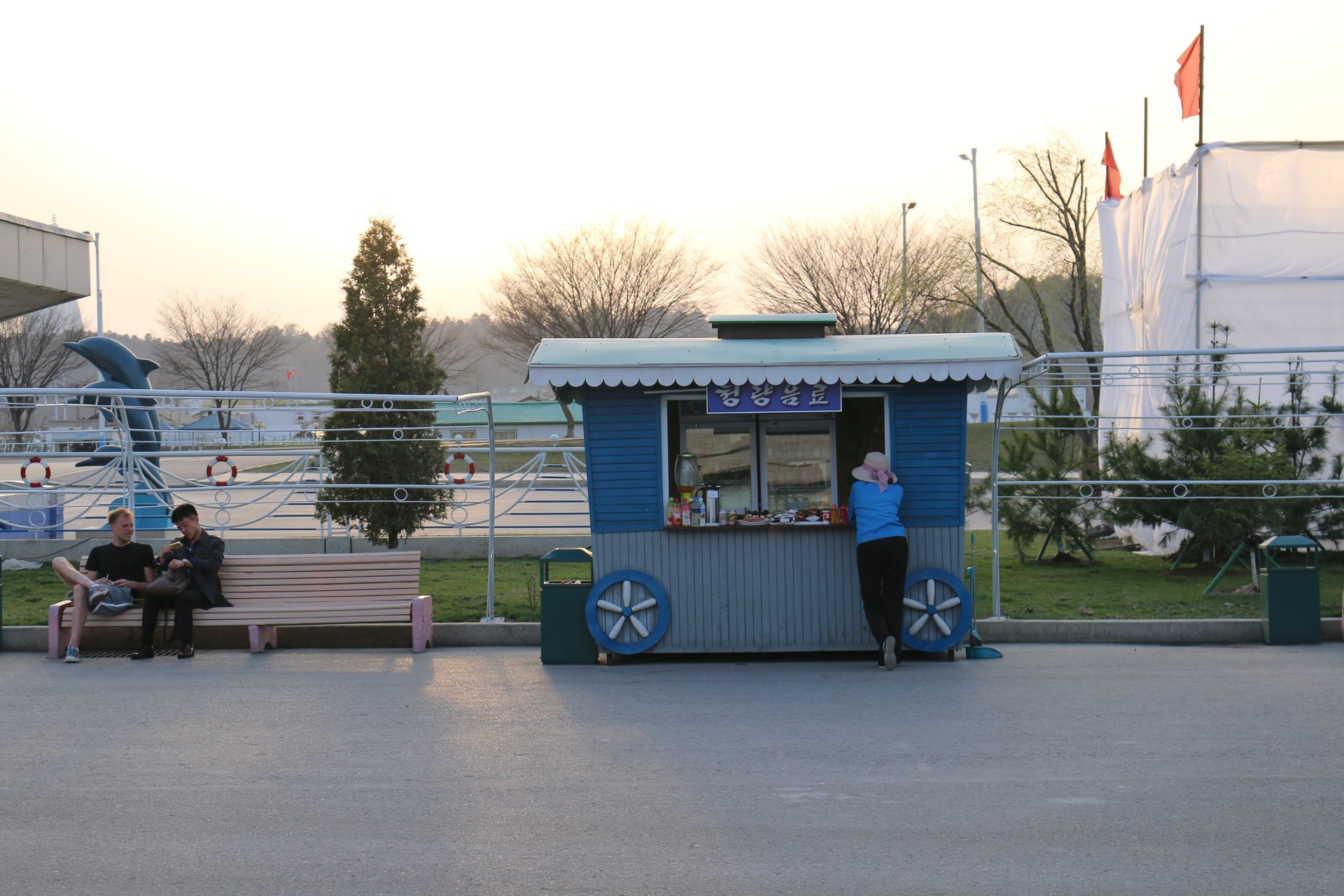
“I had such an unbelievable time there last year that I could not wait to go back and do it all again,” says Matthew Young, a doctor from Brisbane, Australia. He first ran the Pyongyang 10km in 2016, and ran the half marathon this year. “I never had any ethical dilemmas about going there. I always reckon people are people. I wasn’t going to see politicians or political systems—I was going there to experience their culture and interact with the local people in a sporting context.”
The North Korean government is looking to tourism as a way to fill the financial gaps left by recent international sanctions as well as attempting to soften the harsh view many outsiders have about their country. (Tourism revenue may be especially needed after the announcement in February that China, its historic ally and major business partner, will ban coal imports from North Korea for the rest of the year, which in 2014—according to the BACI International Databse—amounted to $1.03 billion.) The government wants to bring 1 million visitors into the country by 2020, and it is also encouraging foreign investment; in Pyongyang’s bookshops, you can even find guides written for foreign investors to the DPRK.
Few people are more familiar with these realities than Nicholas Bonner, the founder of Beijing-based travel agency Koryo Tours, who has been organizing tour to North Korea since 1993. “What really annoys me is that cultural engagement is stopped when it’s a political problem,” Bonner says, “and that should never be stopped.”
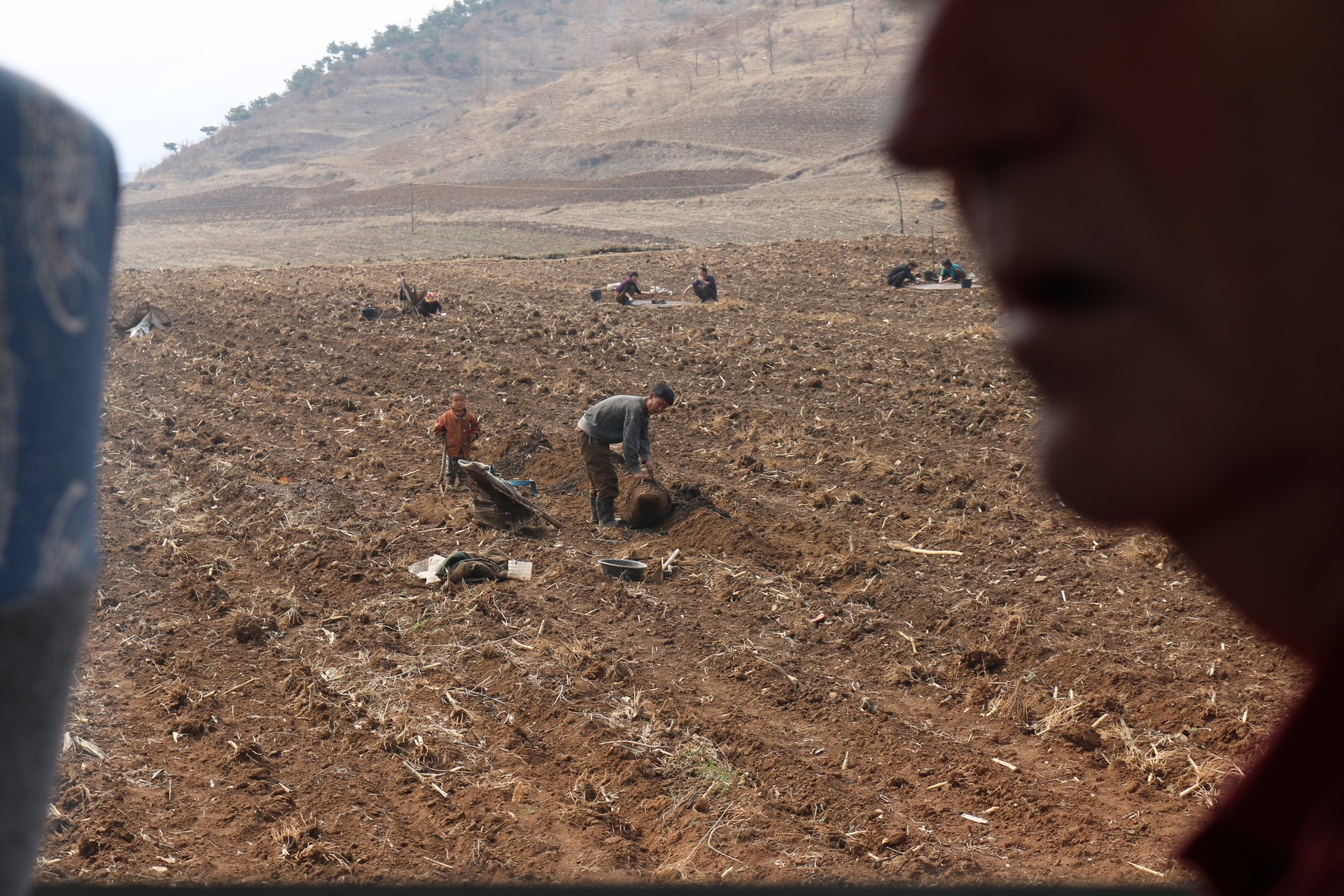
The only way to travel to North Korea is by taking part in a group or private tour with a tourist visa. Only 5,000 foreign tourists are able to visit North Korea each year, and 1,000 of those are during the marathon week. Even though a guided tour will always show you the best of what a place has, in the case of North Korea, the poor conditions the population live in, particularly outside Pyongyang, are blatant to see. It’s rare to see a tractor plowing one of the rocky, dry fields, and the skinny cows they use instead sometime collapse, seemingly without the energy to get back up again.
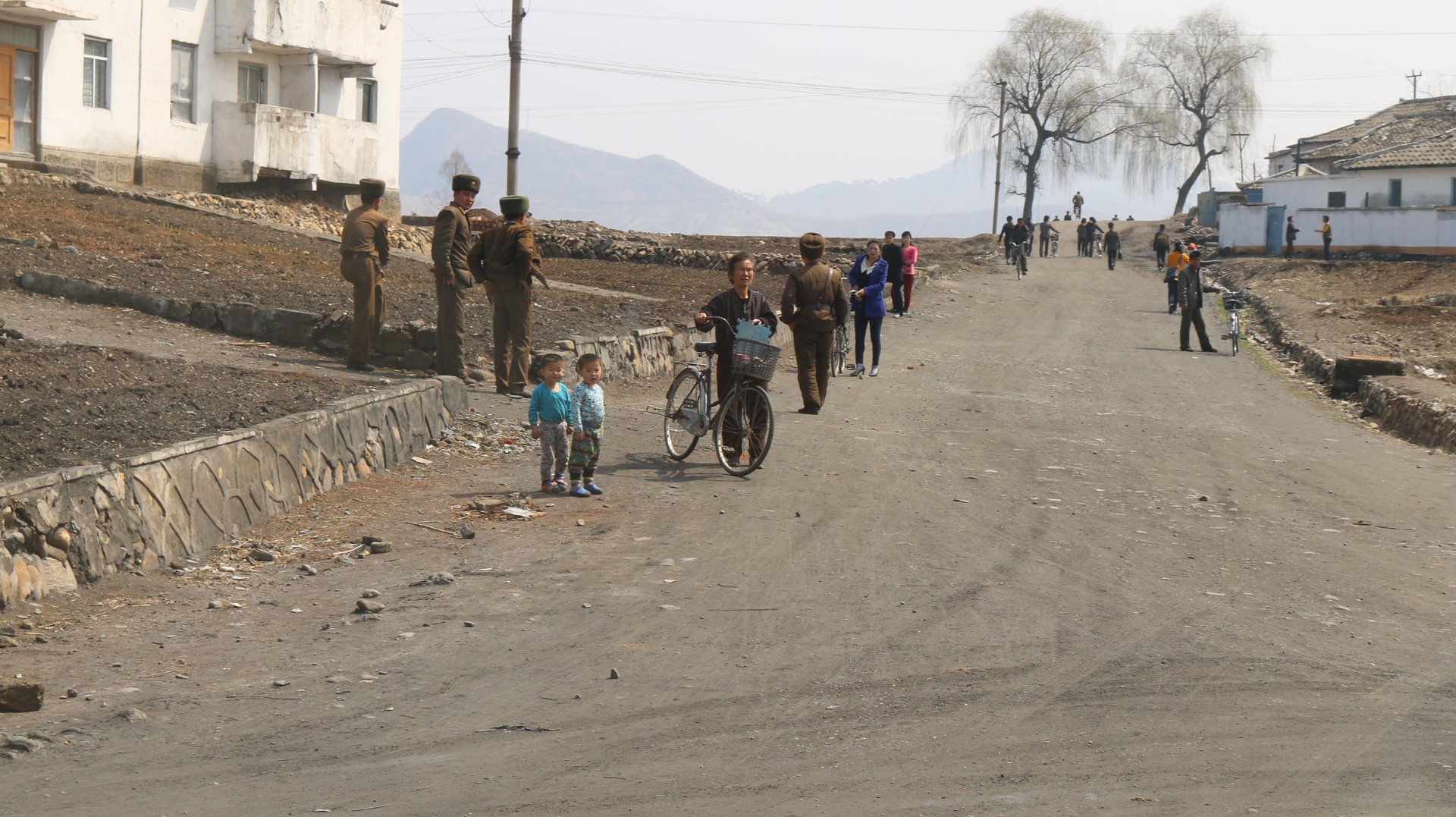
But, at the marathon, your guides are not present. It’s an opportunity to receive an unfettered view of the city, free of propaganda and control. In these moments of athletic activity, your concentration focuses on the physical and politics fade into the background. Prejudices are put aside, and the connection between human beings establishes one of its purest forms. That’s why sport, ultimately, is one of the best ways to bring people together.
North Korea is a difficult country to decipher. The more you see, the more complex it gets. When you think of having understood its core, a new layer suddenly overlaps the previous one and you’re left with more unanswered questions than you had before. But like the silent citizens seated in the stadium, we need to encourage more interaction, not demonize it.
But just as the silent spectators in the stadium needed a nudge in order to start cheering, I believe the rest of North Korea’s population needs an external catalyst to open up and get a glimpse of the outside world. As we have the opportunity to be that spark, I see it as a kind of moral duty for us to visit North Korea, encourage more interaction, and learn as much from this unknown country as what they could learn from us.